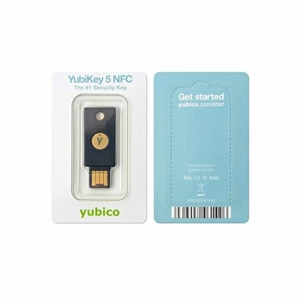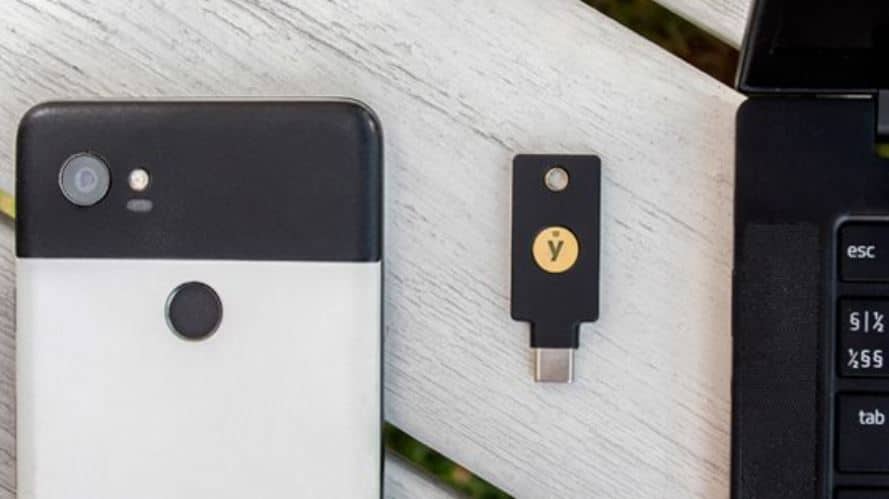

-chalresp-timeout - Set the challenge-response timeout.įor more information, see $ ykman mode -help One-time password.-autoeject-timeout - Automatically eject the smart card after some time.This only works if the mode is CCID only FIDO and OTP must be disabled. -touch-eject - The button will insert and eject the smart card.The 80 will be ignored, and it will behave like 6. Note: Some examples use mode number 86, which is invalid. Ykman uses the term "modes", named OTP, FIDO, and CCID. The following table shows which protocols use which interfaces: All three can be enabled or disabled independently, allowing control of their associated protocols. Two of the interfaces implement the USB HID (Human Interface Device) device class the third is a smart card interface (CCID). Challenge-Response requests (calculated using either Yubico OTP mode or HMAC-SHA1 mode)ĭepending on the YubiKey model, the device provides up to three different USB interfaces.Blinks steadily when a button press is required to permit an API response.Blinks once when plugged in, useful for troubleshooting.(Note that static passwords are vulnerable to keyloggers.) Keystrokes (emulating a USB keyboard), used to type static passwords and OTPs.The YubiKey transforms these inputs into outputs: The LED will illuminate to prompt the user.

This is the default behavior, and easy to trigger inadvertently.


More powerful than ykman, but harder to use.


 0 kommentar(er)
0 kommentar(er)
